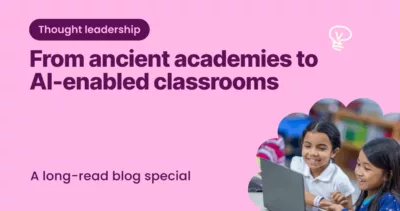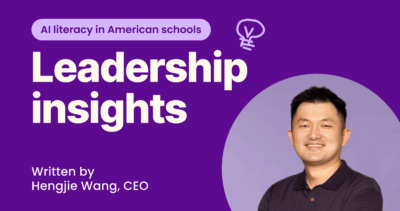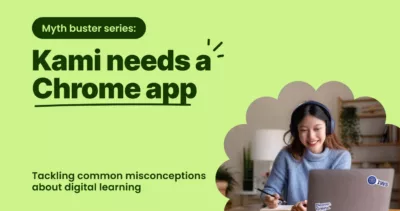What a year it has been! School buildings shut down amid a global pandemic, which forced educators to quickly pivot to flexible learning environments, curriculum, materials, and assessments. Online learning became a reality for schools across the globe. The inequities of providing meaningful access to the internet, to technology, to curriculum shone a necessary light onto the inequities of the world- and compelled us all to collectively work together to remove these barriers. There is still plenty of work to be done in this area.
One of my favorite ways to accomplish these ambitious goals is to leverage Universal Design for Learning.
What is UDL?
Universal Design for Learning is a “framework to improve and optimize learning for all people based on scientific insights into how we learn” (CAST, 2021). The UDL Guidelines are used to provide options, choices, and flexibility throughout the educational process. While Universal Design for Learning can be used to remove barriers to learning for individuals with disabilities, it also has important intersections with removing barriers to learning related to race, gender, religion, and cultural variances. For the purposes of this article, we will focus on the inclusive technology supports found within Kami.
The use of Kami as part of the UDL ecosystem serves to:
- Support personalized learning and inclusive classrooms
- Increase engagement
- Encourage collaboration between students
- Individualize individual choice
- Honor variability = celebrate diversity
How does Kami Connect with Universal Design for Learning?
There are SO many ways that Kami connects with Universal Design for Learning. Here are some ways that our district has made these connections:
- Student-teacher engagement: Make your lesson interactive by adding video and a transcript, audio and a transcript, or use comment features.
- Present content in multiple ways (audio, video, annotations).
- Personalize learning by customizing assignments to individual students in learning management systems (i.e. Google Classroom, Schoology, Canvas)
- Integrates Assistive Technology features for all.
- Options, Choices, Flexibility!
Equating the UDL Guidelines with access, engage, and express
Features of Kami for Access:
- Kami allows you to design options for accessing content for your learners.
- GO BEYOND THE WORKSHEET! Design learning experiences that offer options, choices, and flexibility to access information.
- Voice, Video, Text comments offer multiple ways for learners to access learning (i.e. audio directions)
- Use built-in OCR to ensure PDFs are accessible to learners who use Assistive Technology.
- Use Split and Merge to consolidate or separate content in order to assign in learning management systems such as Google Classroom.
Features of Kami for Engage:
- Virtual Whiteboard for Math- HS Special Education Math teacher uses Kami in distance learning math to help engage learner’s brains! They love using Kami this way and are more interested in math as a result!
- Voice, Video, Text comments for feedback looping
- Collaborative tools and elements
- Options for color choice for text and drawing annotations
- Options for photo or video through Add Media
- Stickers tool for feedback
Features of Kami for Express:
- Text, Voice and Video Comments so that learners can show what they know in a way that makes sense for them!
- Speech to Text for written expression: An elementary Resource Room teacher uses Kami with math students, A learner was challenged with expressing their knowledge. The Speech to Text feature in Kami allowed the learner to explain their thinking and was seamless!
- Complete math fact drills (voice, text, video, speech to text) in regular and specialized settings.
- Equation editor for physical access to Math.
Putting it all together
Kami offers educators and learners a powerful tool to help remove barriers to learning- no matter the learning environment. Provide options, choices, and flexibility in your learning environment throughout all phases of learning. Work collaboratively with learners to remove barriers to learning. Use inclusive learning tools like Kami from the start.
Watch Hillary’s session here:
Resources:
You may also like

From ancient academies to AI-enabled classrooms

Improving AI literacy in American schools


